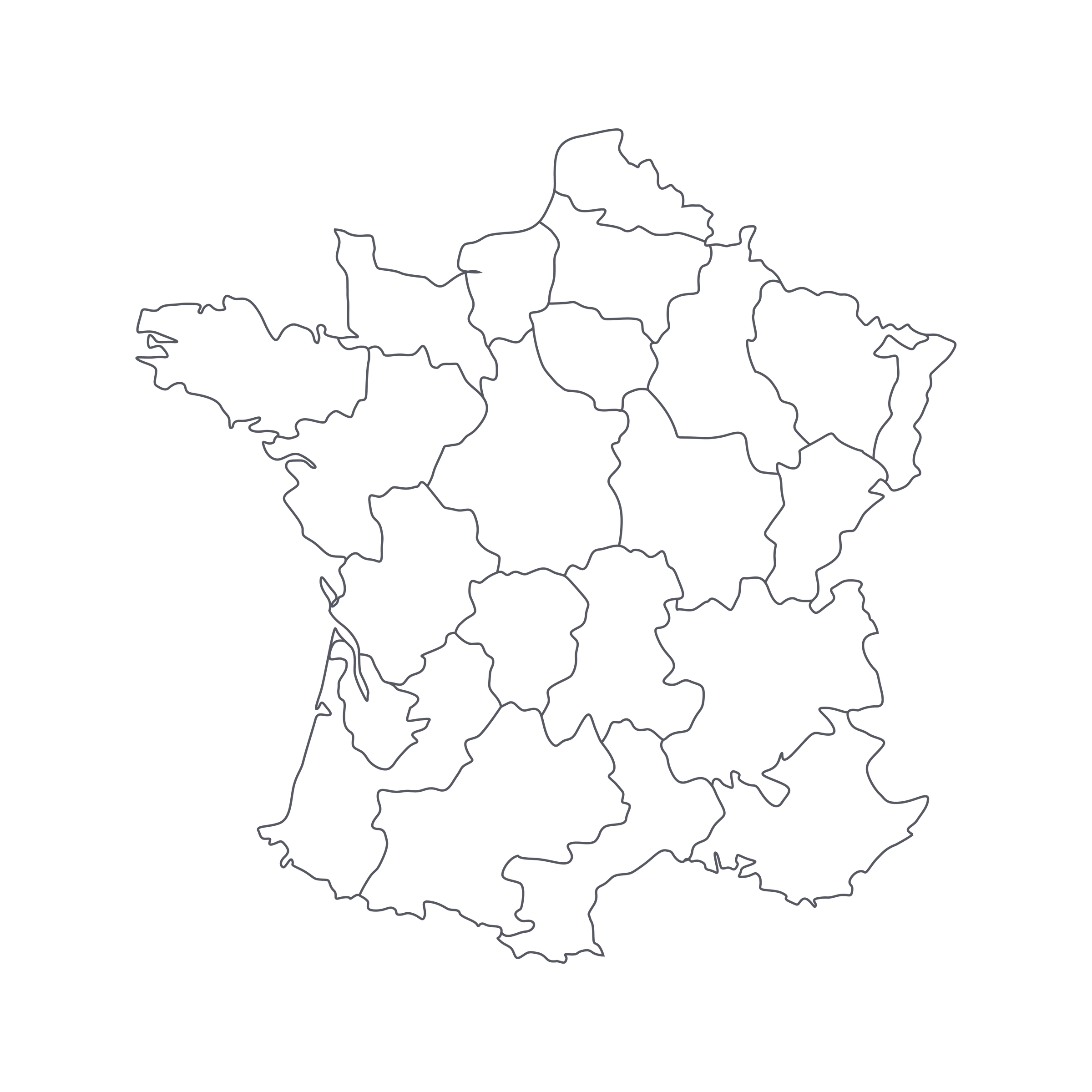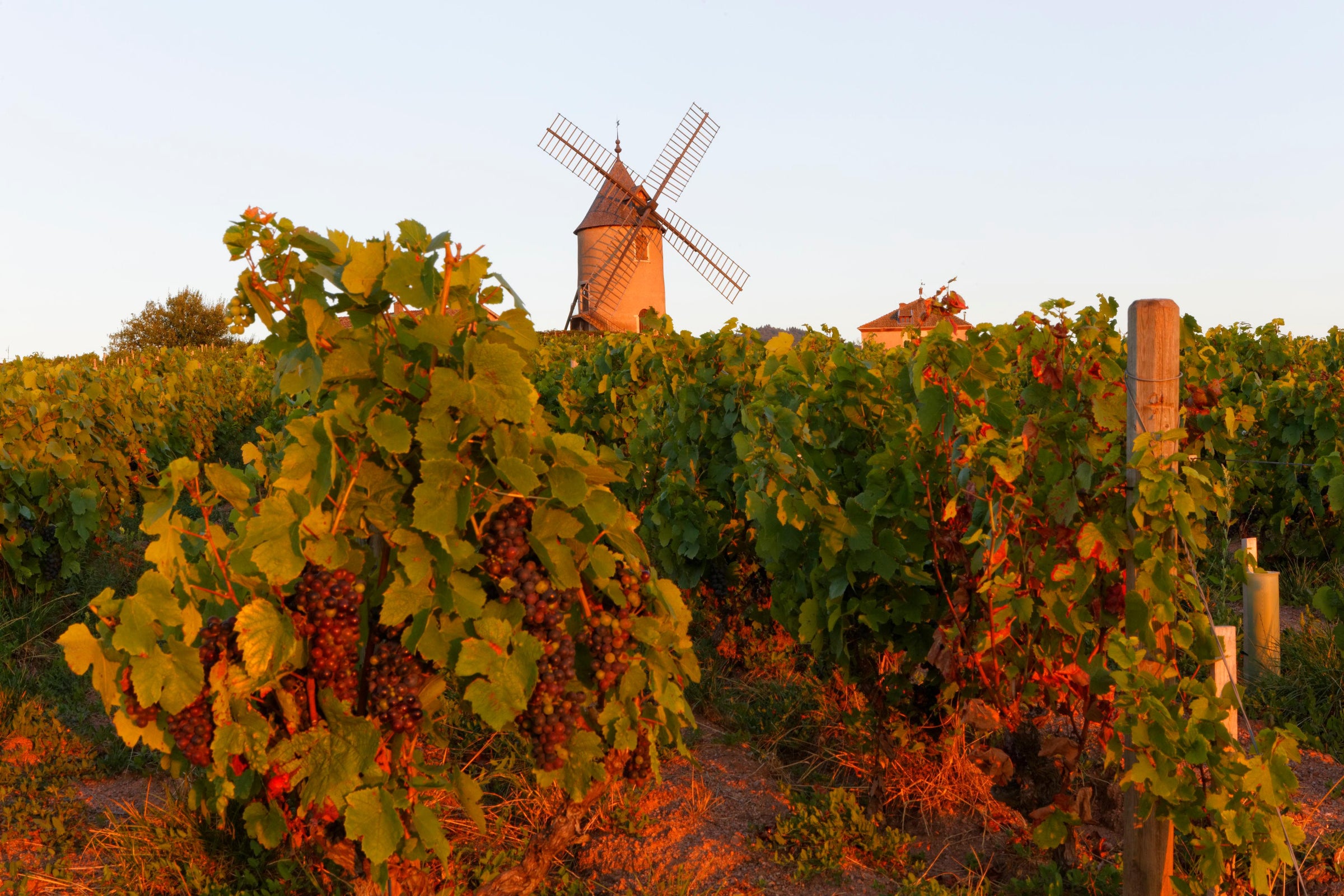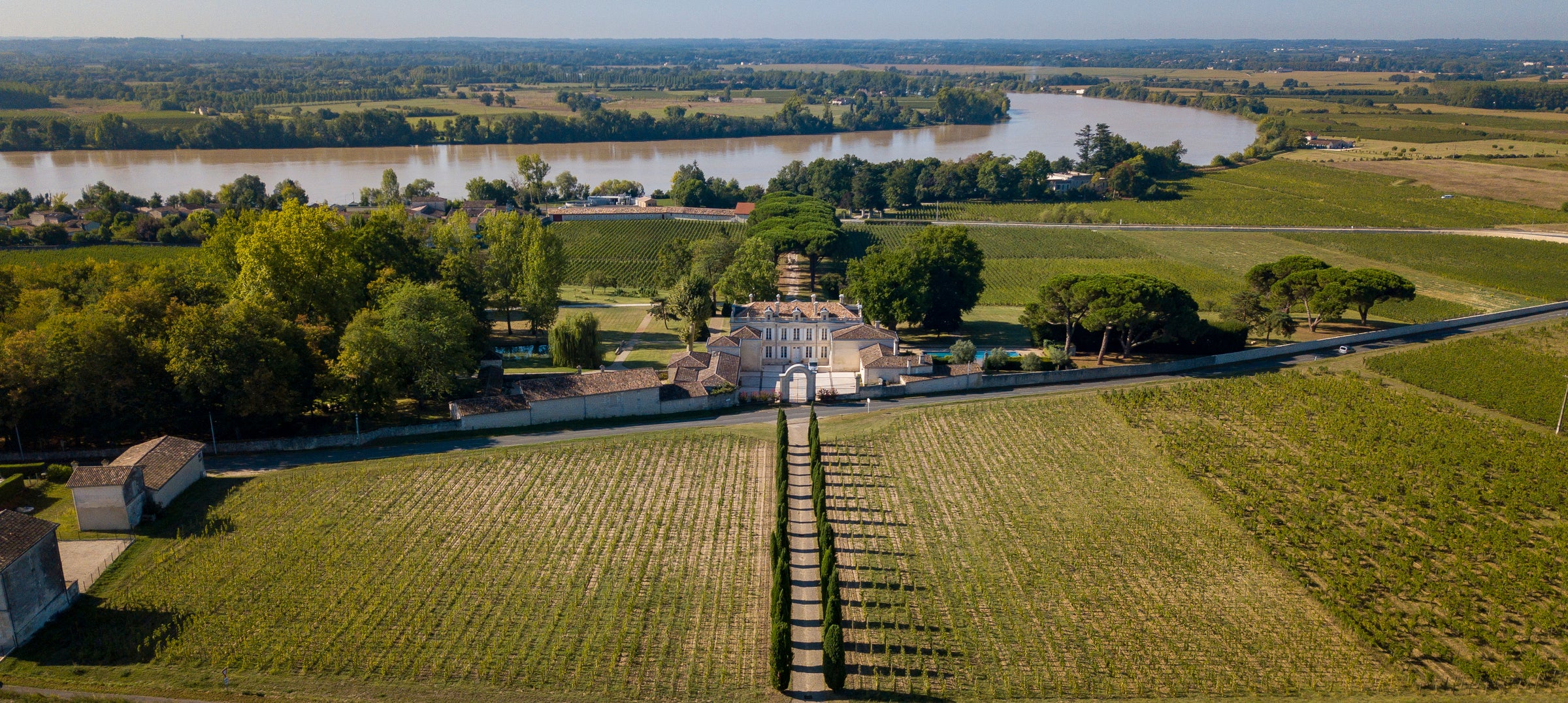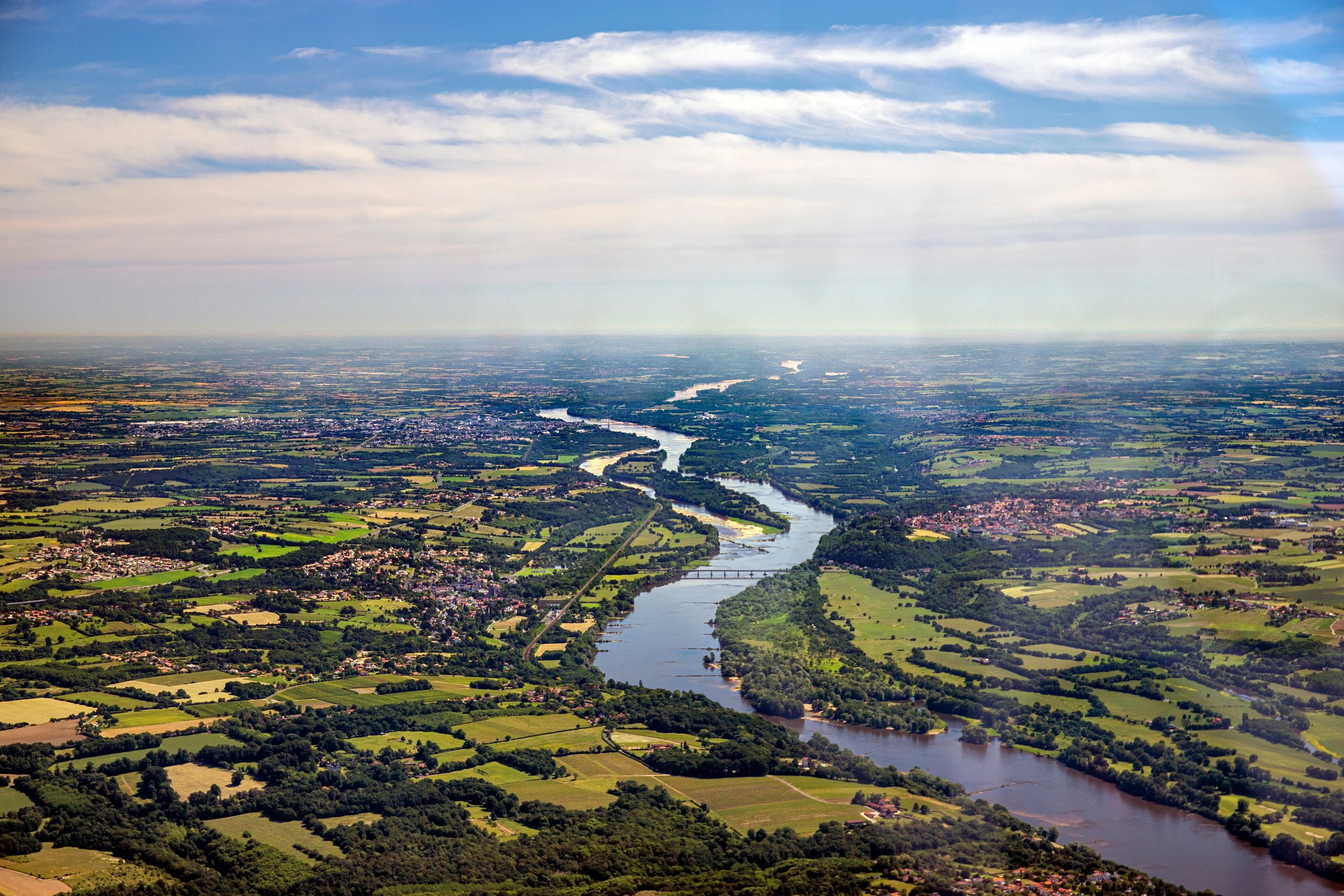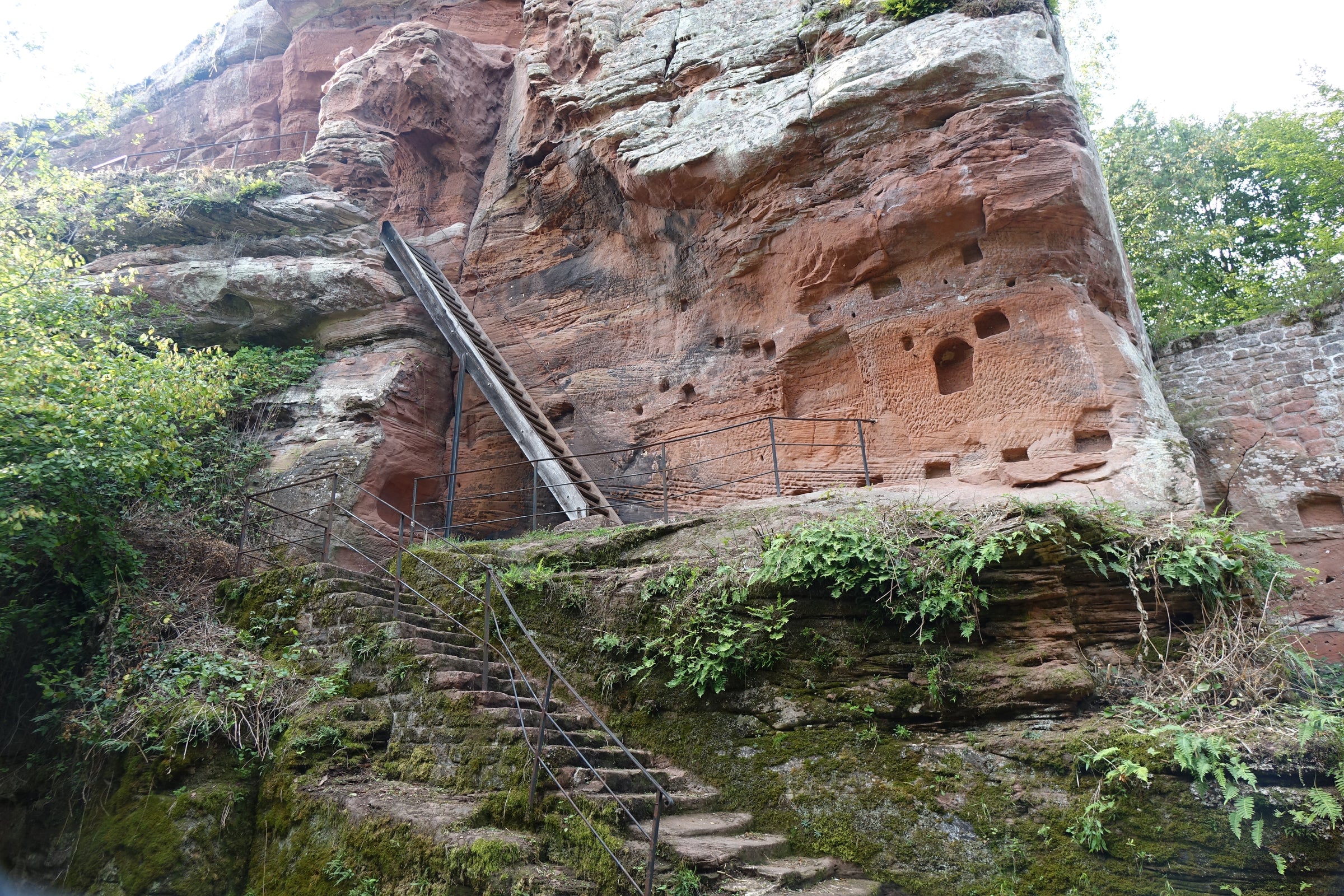For those who picked up Romain Taupenot’s Morey-Saint-Denis last month, I’m sure you remember how enraptured I was—I called it one of the finest young examples of M-S-D in years. Well, I have an even bolder statement today: Along with Domaine Dujac’s Bonnes-Mares, which I also tasted recently, today’s offer is the best 2015 red Burgundy I’ve had.
Premier Cru “Les Pruliers” delivers the same pleasure and breed you’d experience with more extravagantly-priced cult names. In our previous (and first) Taupenot-Merme offer, I was thrilled to finally get my hands on a wine from this producer. For years, I had only heard about them through the grapevine and was beginning to think they were only a figment of my imagination. With a few of their wines under my tasting belt now, they have outperformed all built-up expectations. A sublime melding of perfumed aromatics, pristine fruit, and delicately woven savory notes, this 2015 has a structured core and youthful firmness that is a pleasure to drink today and will continue to be for many years to come. Romain’s entire range is micro-production, so needless to say there isn’t much “Les Pruliers” to go around. Make this your special purchase for January and be a part of it’s graceful evolution in your decanter or cellar. At this price, although not inexpensive, no other ’15 red Burgundy can compete with it. It is worth every penny, as the first sip makes readily apparent!
Although founded in 1963 after the union of Jean Taupenot and Denise Merme, winemaking in the Taupenot family can be traced back to the early 1700s—even later for the Merme side. At the behest of his father, Romain Taupenot was beckoned back to head the domaine in 1998 after working in finance for a decade (he did this without ever missing a harvest). Taking the lessons he learned throughout his upbringing, Romain preserved key philosophies and principles while improving on areas he felt were lacking. A prime example was the conversion to organic viticulture in three short years (although he has not sought certification). They also had two wineries at the time, which he soon merged in order to channel his focus and passion.
Their family-owned, organically farmed plot within Premier Cru “Les Pruliers” is just over one acre (about half a hectare) of 45-year-old vines in clay/limestone marl. Naturally, all grapes are harvested by hand. In the winery, fermentation initiates via ambient yeasts and the wine undergoes a gentle upbringing to create the purest expression of fruit. The wine ages on its lees for 12-15 months in 30% New French oak and racking is avoided. Afterwards, the wine is gently transferred into steel tanks for an additional three months and finally bottled without fining or filtration. I featured this quote from Romain in our previous Taupenot offering, but it speaks so perfectly to what his wines represent: “There have been key developments and innovations in the areas of viticulture and winemaking in the last few decades, making it possible to produce great wines that I dare say are rather technical, more standardized, and somewhat deprived of their racy authenticity…To have the winemaker’s style rest in the shadow of the expression of terroir—this is the Grail quest.”
At its core, the 2015 “Les Pruliers” exhibits a concentrated dark ruby red with light garnet hues along the rim. The nose radiates perfumed notes of wild cherry, strawberry, and black raspberry, followed by savory components of purple flowers, dried mushroom, forest floor, and an echo of dried meat I often find in great Burgundy. There is an underlying mix of spice, herbs, and subtle smoke that rounds out the pure and amply ripe fruits, but nothing here is overpowering; the wine’s balance is impeccable. On the palate, you'll discover a medium-plus body with a mix of wild red berries and hints of blue trickling in, but don’t mistake this inviting fruit and savor for over-ripeness; there is serious muscle here that pushes the wine into a deliriously long finish. It’s structure will make it cherishable for quite some time, with its 10th birthday yielding the greatest drinking, though it will last well beyond that. Regardless, one bottle should definitely be consumed in its youth and should be done so without a major decant, as there is just too much intricate perfume that would be a shame to lose. Simply pull the cork an hour or two prior and serve just above cellar temperature (60-65 degrees) in large Burgundy stems. Elegance and balance is something to strive for in the food pairing as well: check out the attached recipe for a complementary (and similarly luxurious) melding of sweet and savory flavors. Enjoy!


